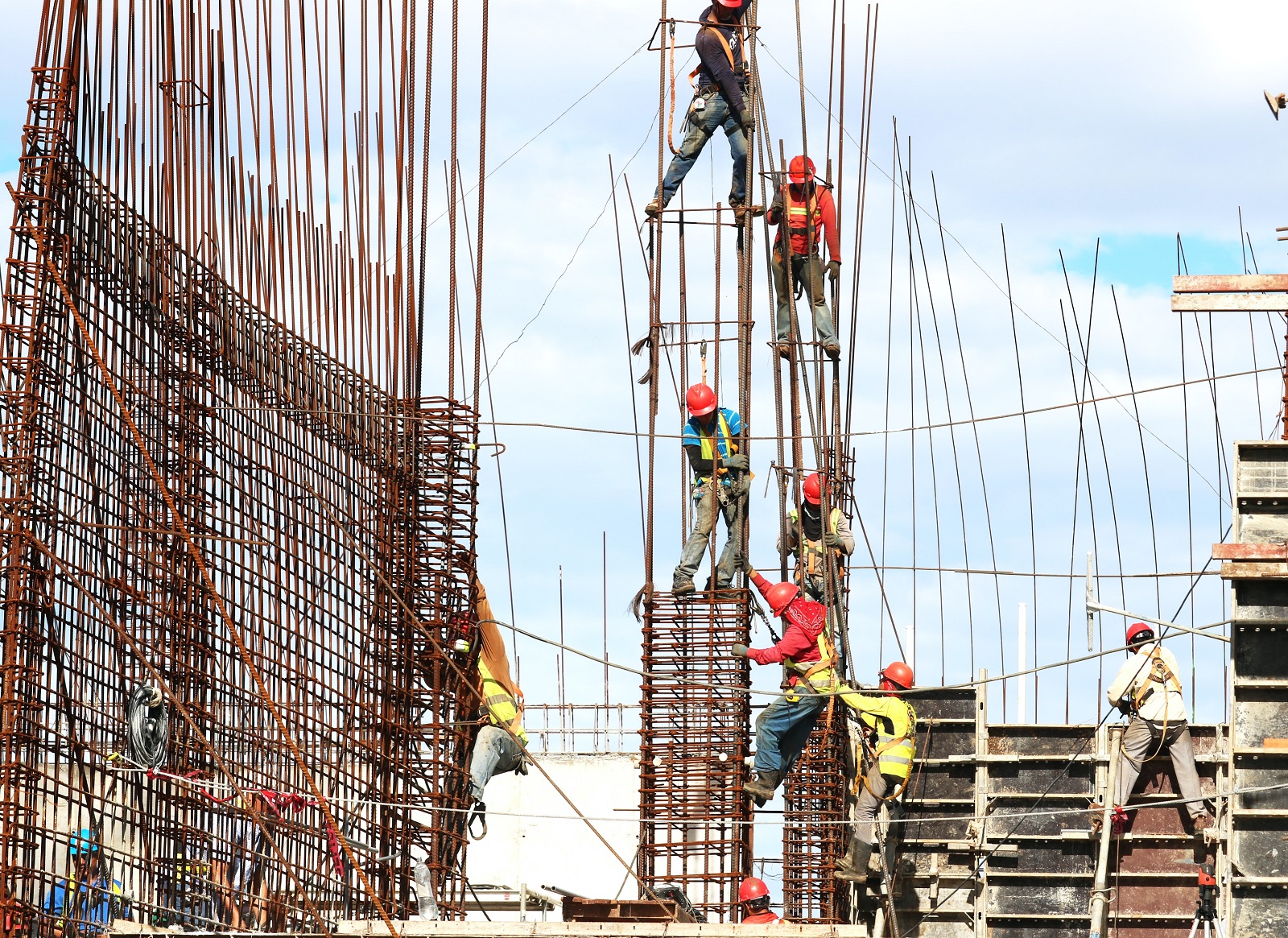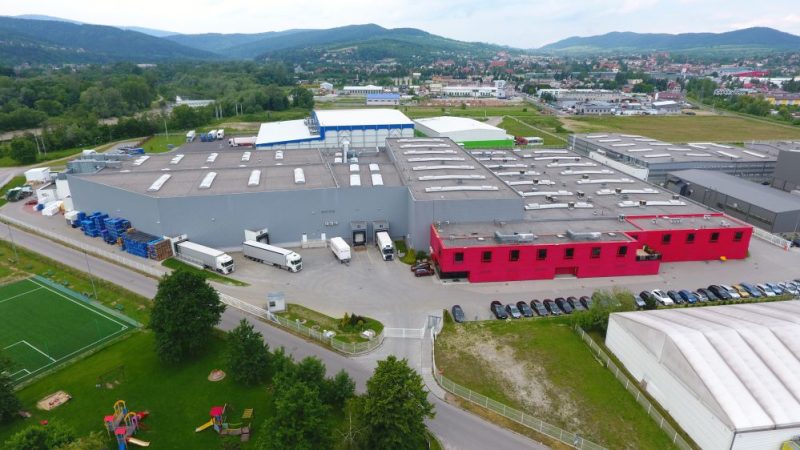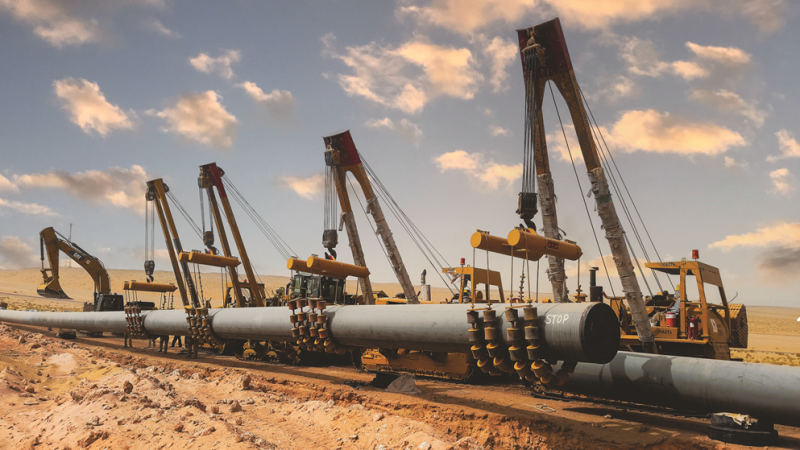Managing construction projects can be a difficult challenge, with those responsible having to balance an array of risks and issues. We’ll take a look at the most common risks and how they can be adequately managed to keep your site projects safe and effective.
Common risks
Health and safety
The number one risk on construction projects is health and safety. Statistics from the HSE show there were 30 fatal injuries across the industry in the year 2021 – 2022, as well as 59,000 non-fatal injuries in the three years leading up to 2022.
Common injuries include slips, trips and falls, manual handling injuries and those caused by moving machinery.
Worker shortages
Another risk is shortage of labour staff and loss of productivity, with 20.7% of construction businesses suffering a short fall in the workforce at the end of 2022.
This can cause huge issues including project delays, loss of profit and even additional health and safety risks.
Supply shortages
Even if you have a full workforce, delays or issues with supply can halt a project and hamper budgets. While excess demand for construction work can help propel your business, it can also create a shortage of necessary good and materials.
Legal risks
These can include damage to property or injury to persons. It’s crucial to assess any potential risks to nearby buildings or property such as vehicles, as well as members of the public.
Many construction companies choose to take out builders’ insurance, which could offer financial protection should anything go wrong.
Environmental risks
Factors such as poor weather conditions, removal of site waste, flooding and surrounding land can all be considered risks and each project should be assessed for any hazards.
Risk assessment
It’s crucial to consider all potential risks and implement strategies to help mitigate or remove them.
The first step is to identify risks by taking into account all possibilities across each area. Some might be more prevalent that others but they all should be included in the final risk assessment.
Assessing the risk means looking at who and what it could affect and what steps are being taken to reduce the likelihood of it occurring. You should also identify any other actions that can be taken.
To mitigate, or control the risks, you should considering to what extent you can remove the hazard. You might need to re-think the site or project design, the materials you’re using or worker responsibilities.
You also need to record and review your risk assessment to ensure each step of the project is carried out with minimal risk. Remember to amend it if anything on site changes or you employ new workers.
Finally, make sure everyone working on site is aware of any potential risks and dangers and that they all have the correct tools to work safely and productively.






